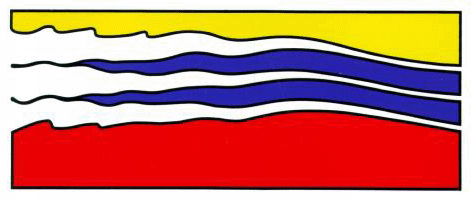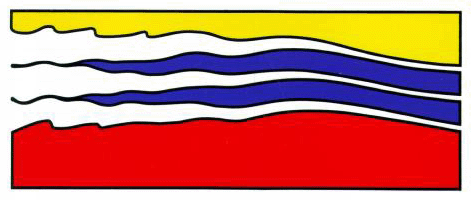
4111 Monarch Way, 3rd Floor
Old Dominion University
Norfolk, VA 23508
757-683-4940


The Elizabeth River is a tributary of the James River,
Virginia. The Elizabeth River watershed lies in parts of Norfolk,
Virginia Beach, Chespeake, and Portsmouth, and is often characterized as
being both heavily urbanized and industrialized, which has resulted in
extreme water quality impairment and habitat degradation. Massive
efforts by NGOs and govenrment agencies have been underway for several
decades to clean up the river. Despite the degraded state of the River,
there is a robust oyster population as a result of decades-long
shellfish closures and active restoration since 1998. A multifaceted
plan was developed by restoration partners to restore the oyster
population in the Lafayette River, a sub-estuary of the Elizabeth, which
included a baseline inventory of the oyster population, a determination
of available restorable bottom derived from seabed mapping, a
hydrodynamic survey of the river as it relates to larval oyster
distribution, restoring oyster habitat coupled with broodstock
enhancement, and massive citizen engagement to accomplish these tasks.
In addition, The Elizabeth River Project has undertaken extensive
efforts to restore oysters, wetlands and benthic habitat to the Money
Point section of the Southern Branch of the Elizabeth River, which is
widely known for its elevated levels of polyaromatic hydrocarbons and
other toxics. The oyster restoration plan for the Lafayette is
discussed; including restoration of oyster reefs, oyster population
numbers, the NOAA acoustic seabed mapping survey, the VIMS hydrodynamic
model, a citizen-based spat catcher program, a oyster larval shell
string survey, and preliminary results for habitat restoration and
broodstock enhancement. The success of the Money Point Project is also presented.
David Bruce is a Habitat Ecologist/Geographic Information System (GIS) analyst with the NOAA Chesapeake Bay Office's Habitat Assessment Team (NOAA Fisheries - Office of Habitat Conservation). He received a B.S. in Wildlife Biology from the University of Vermont and a M.S. in Fisheries Siences from the University of Georgia. Mr. Bruce's primary research interest is identifying relationships between fishes and their habitats. His current work at NOAA involves application of hydrographic surveying techniques and GIS to assess seabed habitat quality for restoration purposes.
Tommy Leggett manages the Chesapeake Bay Foundation (CBF) Virginia Oyster Restoration Center. He has a M.S. in Marine Science from the Virginia Institute of Marine Science and is a past appointee to the Virgina Marine Resources Commission. Mr. Leggett also serves as the Virginia Oyster Restoration and Fisheries Scientist and is the VA CBF lead on policy-making decisions relating to native oyster restoration.
Joe Rieger is the Deputy Director for Restoration at The Elizabeth River Project. He received a B.S. from Ohio University and a M.S. in Aquatic Ecology from Old Dominion University. At The Elizabeth River Project, he oversees projects that include wetland, oyster, and sediment restoration.

|
Innovation Research Park Building I 4111 Monarch Way, 3rd Floor Old Dominion University Norfolk, VA 23508 757-683-4940 |

|